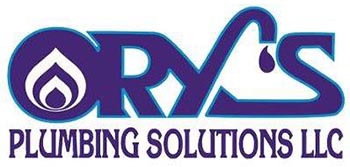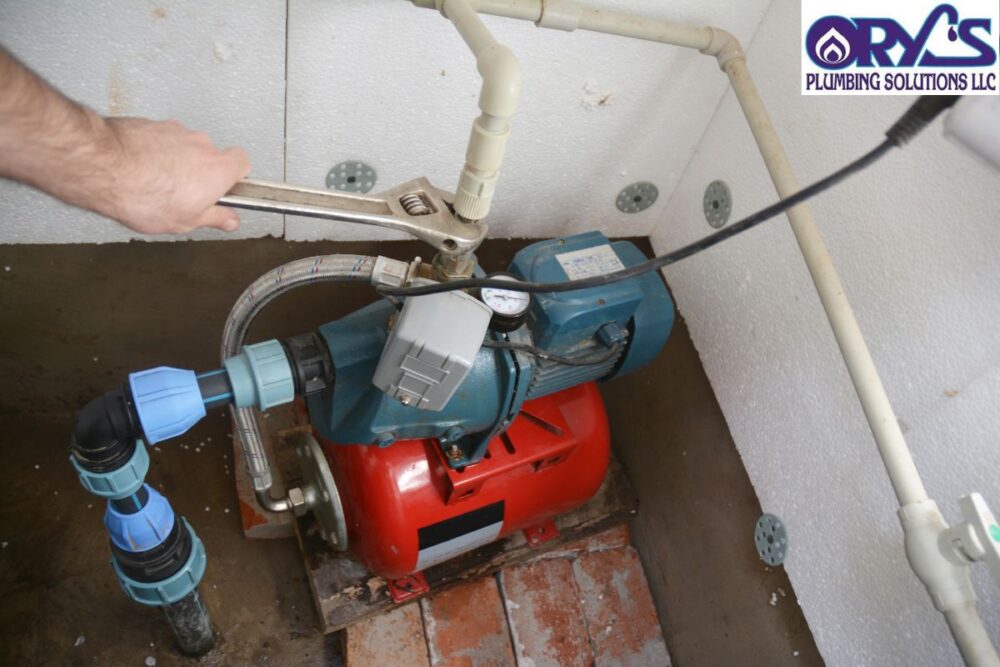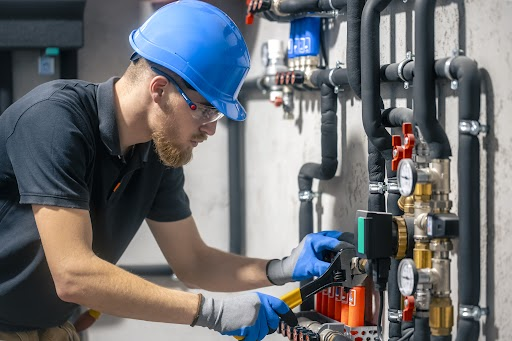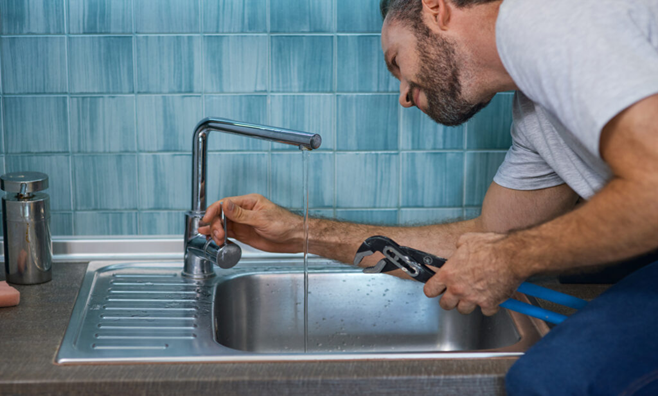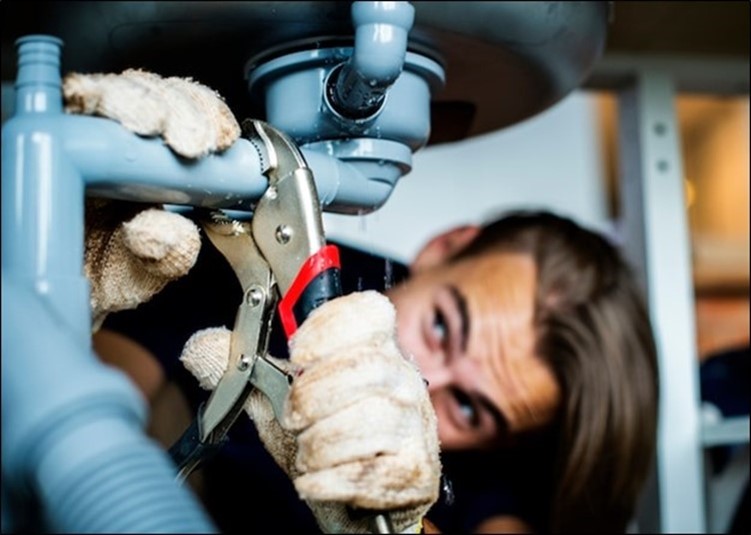5 Common Problems of Water Pump and Solutions
Key Takeaways:
- Water pumps commonly face issues like not starting, no water flow, and low pressure.
- Electrical faults, airlocks, and clogged pipes are frequent causes of pump failure.
- Regular maintenance helps prevent problems like losing prime or overheating.
- Most issues can be fixed by checking power supply, cleaning filters, or replacing worn parts.
- Early diagnosis and prompt solutions can extend your pump’s lifespan and save repair costs.
Water pumps are vital for homes, farms, and businesses. Whether you’re pulling water from a well or circulating water in an HVAC system, a well-functioning pump ensures everything flows smoothly. But just like any other machine, water pumps can run into problems. When they do, it can disrupt daily life and cause stress.
In this post, we’ll explore five of the most common water pump problems and how you can solve them quickly and effectively.
1. Pump Not Starting or Running
The Problem: You switch on your pump and… nothing happens. No sound, no water flow. This is one of the most common and frustrating issues.
Possible Causes:
- Power supply issue
- Tripped circuit breaker
- Blown fuse
- Faulty motor
- Loose or broken wiring
Solution: Start by checking if the pump is receiving power. Look at the circuit breaker and fuse box. If something is tripped or blown, reset or replace it. Make sure the switch is working and inspect the wiring for signs of wear or damage. If all else looks fine, the motor itself might be faulty, and you may need professional help to repair or replace it.
2. Pump Runs But No Water Comes Out
The Problem: The motor runs, but there’s no water flowing through the pipe.
Possible Causes:
- Dry well or low water level
- Clogged intake or suction pipe
- Airlock in the system
- Damaged impeller
- Broken foot valve or check valve
Solution: First, make sure there’s enough water in the source. If that checks out, inspect the intake pipe or filter for blockages. Sometimes air gets trapped in the pipe (called an airlock), which prevents water flow—bleeding the system can fix this. If it’s a mechanical problem like a worn impeller or faulty check valve, those parts will need to be cleaned or replaced.
3. Pump Loses Prime Frequently
The Problem: A pump that loses prime can’t create suction and fails to move water, especially in jet pumps.
Possible Causes:
- Leaky suction line
- Faulty foot valve
- Cracked pump casing
- Air leak at pipe joints
Solution: Check for leaks along the suction line and around joints. Tighten or reseal any loose connections. If the foot valve is stuck open or damaged, it won’t hold the water necessary to maintain prime—replacing it can help. Also, check the pump casing for cracks which may allow air to enter. Keeping the suction line submerged in water and using Teflon tape on fittings can prevent future issues.
4. Pump Is Noisy or Vibrating
The Problem: If your pump sounds like it’s grinding, humming loudly, or shaking, it’s a sign that something’s wrong.
Possible Causes:
- Worn bearings or motor parts
- Cavitation (air in the pump)
- Loose mounting bolts
- Foreign object stuck in impeller
- Misalignment
Solution: First, turn off the pump and inspect for loose or worn parts. Cavitation usually happens when the pump is trying to pull water too fast or from too far—shortening the suction pipe or increasing pipe size can help. Realign the motor and pump shaft if needed, and ensure the base is tightly secured to reduce vibration.
5. Water Pressure Is Too Low
The Problem: Water flows, but it’s weak—barely enough for daily tasks like showering or washing dishes.
Possible Causes:
- Partially clogged pipes or filters
- Worn impeller
- Air leaks in suction line
- Incorrect pump size or type
- Pressure switch settings too low
Solution: Clean or replace filters and check for buildup in the pipes. Make sure the suction line is airtight. If the impeller is worn, it won’t generate enough force—replacing it can restore performance. Also, check the pressure switch and adjust it to a higher setting if safe to do so. In some cases, upgrading to a more powerful pump may be the best long-term solution.
Final Thoughts
Water pump problems can feel overwhelming at first, but most issues can be diagnosed and fixed with a little patience and know-how. Routine maintenance—like checking seals, cleaning filters, and inspecting for leaks—can go a long way in preventing breakdowns.
If you’ve tried the solutions above and the pump still doesn’t work properly, it’s best to call a licensed professional. That way, you avoid damaging the system further and can ensure your water flow stays reliable.
Have a water pump issue that isn’t listed here? Feel free to ask in the comments—we’re here to help!
